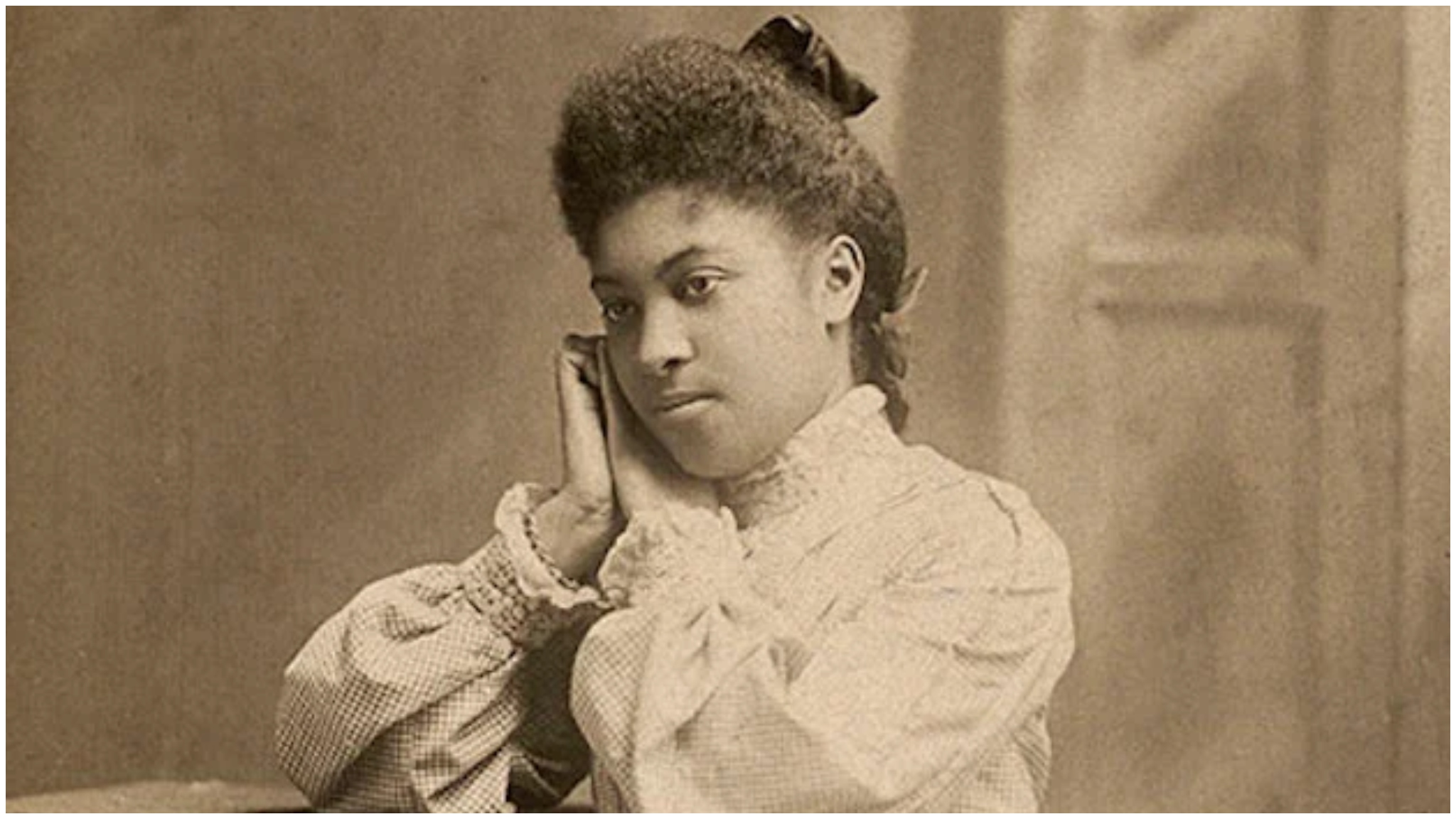A Landmark Solo Show at MSVU Art Gallery
For the first time ever, Edith MacDonald-Brown’s paintings are being shown in a solo museum exhibition. The show is taking place at Mount Saint Vincent University (MSVU) Art Gallery in Nova Scotia, the artist’s birthplace. It’s a long-awaited celebration of a woman who may be Canada’s first known Black woman fine artist.
The exhibition, titled From Africville: The Paintings of Edith MacDonald-Brown (1886–1954), is a deeply personal and historical moment. It features a collection of nine works, some recently restored, that span floral still-lifes and nature landscapes. The show runs through April 26, 2025, and brings overdue attention to an artist who never received formal recognition in her lifetime.
Discovering a Hidden Talent
David Woods, a cultural leader in the Black Nova Scotian art scene, played a key role in rediscovering MacDonald-Brown’s work. He first heard about her in the 1980s while volunteering at a library in Halifax. Ruth, Edith’s daughter, spoke lovingly about her mother’s love for painting.
Years later, while curating the groundbreaking 1998 show In This Place: The Black Art of Nova Scotia, Woods reached out to Ruth again. She shared several of her mother’s paintings for the exhibition. Since then, Woods has uncovered 13 known works by MacDonald-Brown and continues working with her descendants to protect her legacy.
Art that Challenges Norms and Tells Stories
MacDonald-Brown painted both familiar still-life scenes and expansive landscapes. Her style echoed European academic painting from the 19th century. Adrienne R. Johnson, a PhD student at McGill University studying African Canadian art, notes how MacDonald-Brown’s brushwork is “measured and at times near invisible.”
“She captured life faithfully,” Johnson said, pointing to her 1911 floral painting influenced by French artist Paul de Longpré. Despite limited formal training, MacDonald-Brown’s work reveals ambition. Her pieces like Untitled (Deer in Forest) suggest a quiet defiance of social norms that boxed women into domestic art themes.
A Legacy Rooted in Africville and Black Loyalist History
Born in Africville in 1886, MacDonald-Brown was part of a proud Black Nova Scotian community. Her great-grandfather, William Brown, was one of Africville’s early landowners. The village included descendants of Black Loyalists, formerly enslaved people, and refugees from the War of 1812.
Edith’s upbringing in a middle-class home above her mother’s general store offered stability. In 1898, she moved to Montreal, where her earliest known painting—a vase of red and yellow flowers—was created. There’s speculation that she took classes and may have attended the Women’s Art Society of Montreal.
A Career Cut Short, But Not Forgotten
The last known painting by MacDonald-Brown dates to 1913. By 1914, she had returned to Africville and married William Henry Brown Jr. There’s no known record of further artwork, leading some to believe she stopped painting after marriage.
However, Johnson believes other paintings may still be hidden in homes, attics, or garages. “It wouldn’t surprise me to find more,” she said, drawing on her 10 years of researching 19th-century African Canadian fine art.
The Loss and Revival of Africville
Edith MacDonald-Brown passed away in 1954 on her 68th birthday. A decade later, the City of Halifax demolished Africville, displacing about 400 residents. In 2010, after years of activism, the city formally apologized and turned the site into a commemorative museum.
MacDonald-Brown’s art is a window into the life of a woman from that vibrant community. For Johnson, discovering the artist’s paintings as a student was emotional and life-changing. “It still gives me chills,” she said. “It was insanely rewarding and affirming.”
Honoring a Life and Artistic Spirit
David Woods, who curated the current show, made a promise to Edith’s daughter to bring her mother’s work to light. Now, nearly a century after the paintings were made, that promise has been fulfilled.
“We have these gifts,” Woods told CBC. “And we can only be grateful that we still have them 100 years later to celebrate.”





